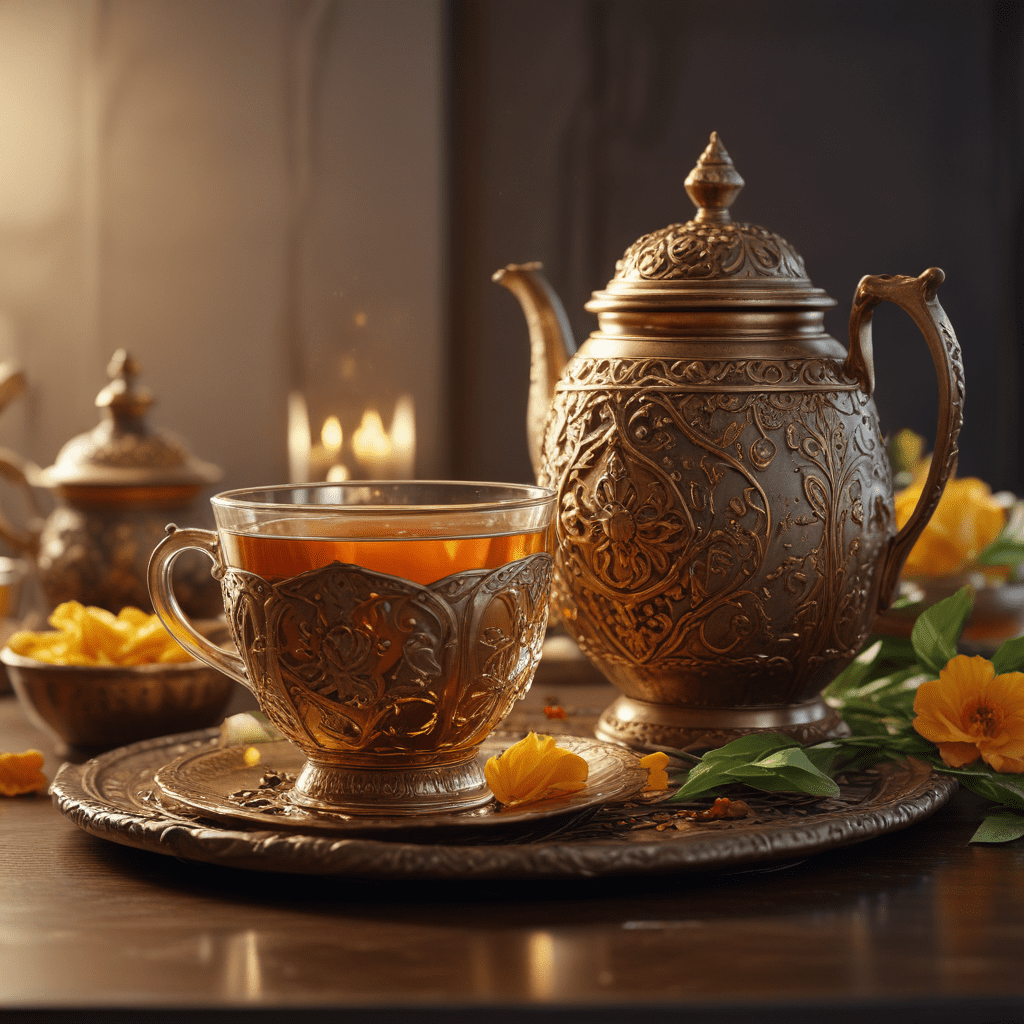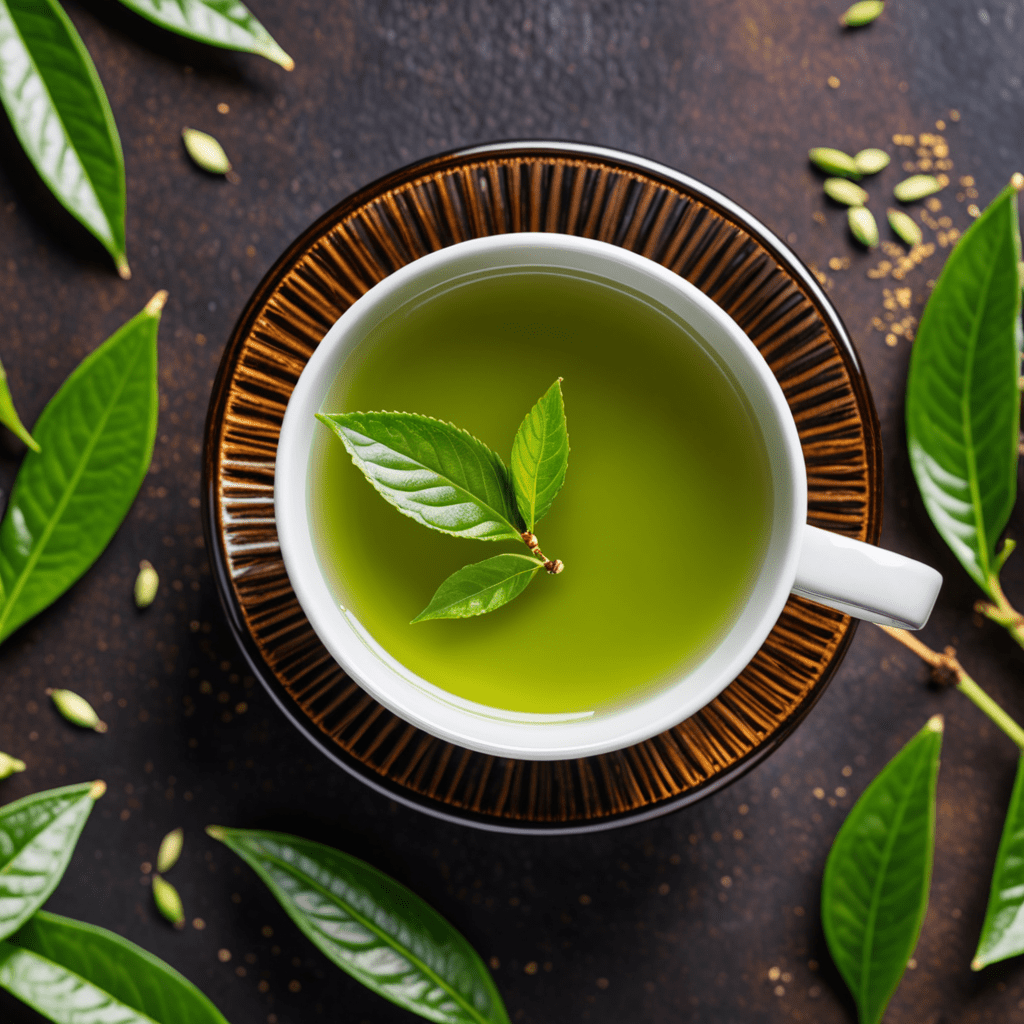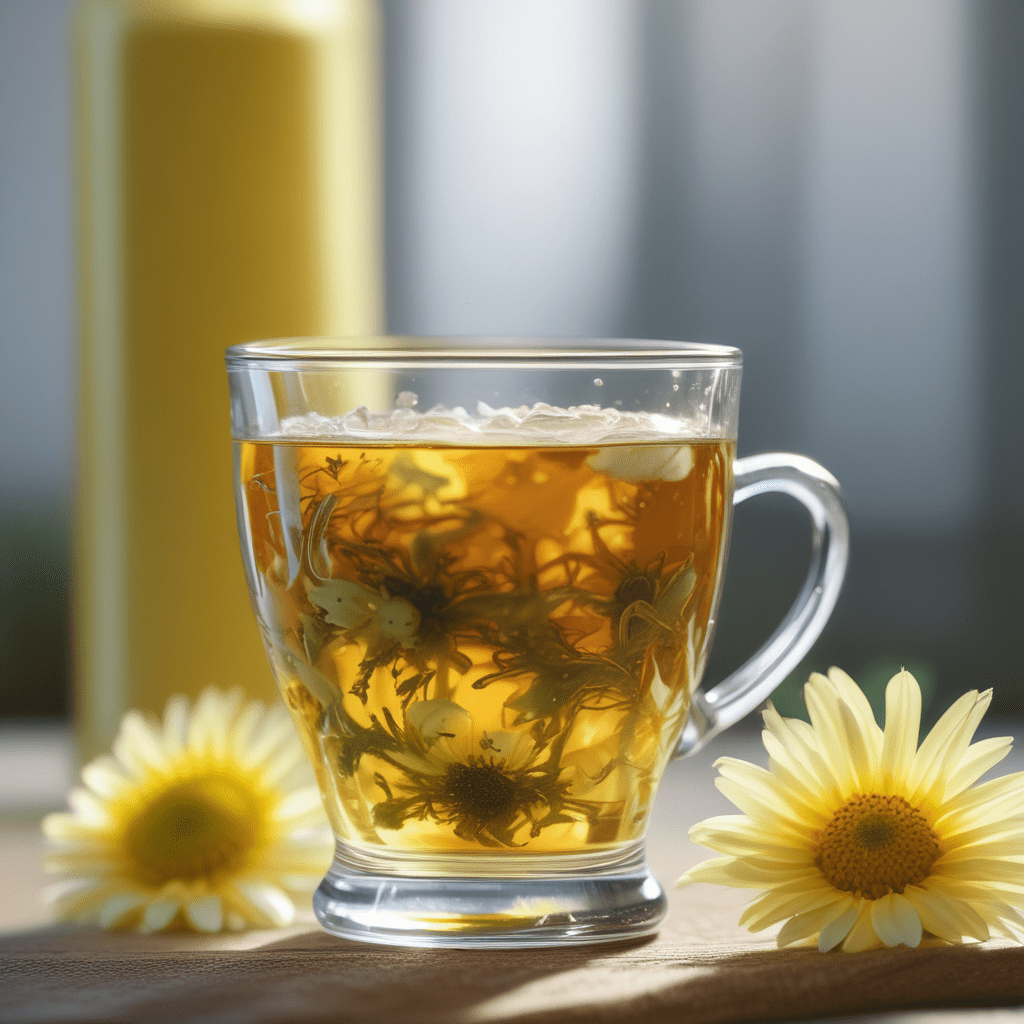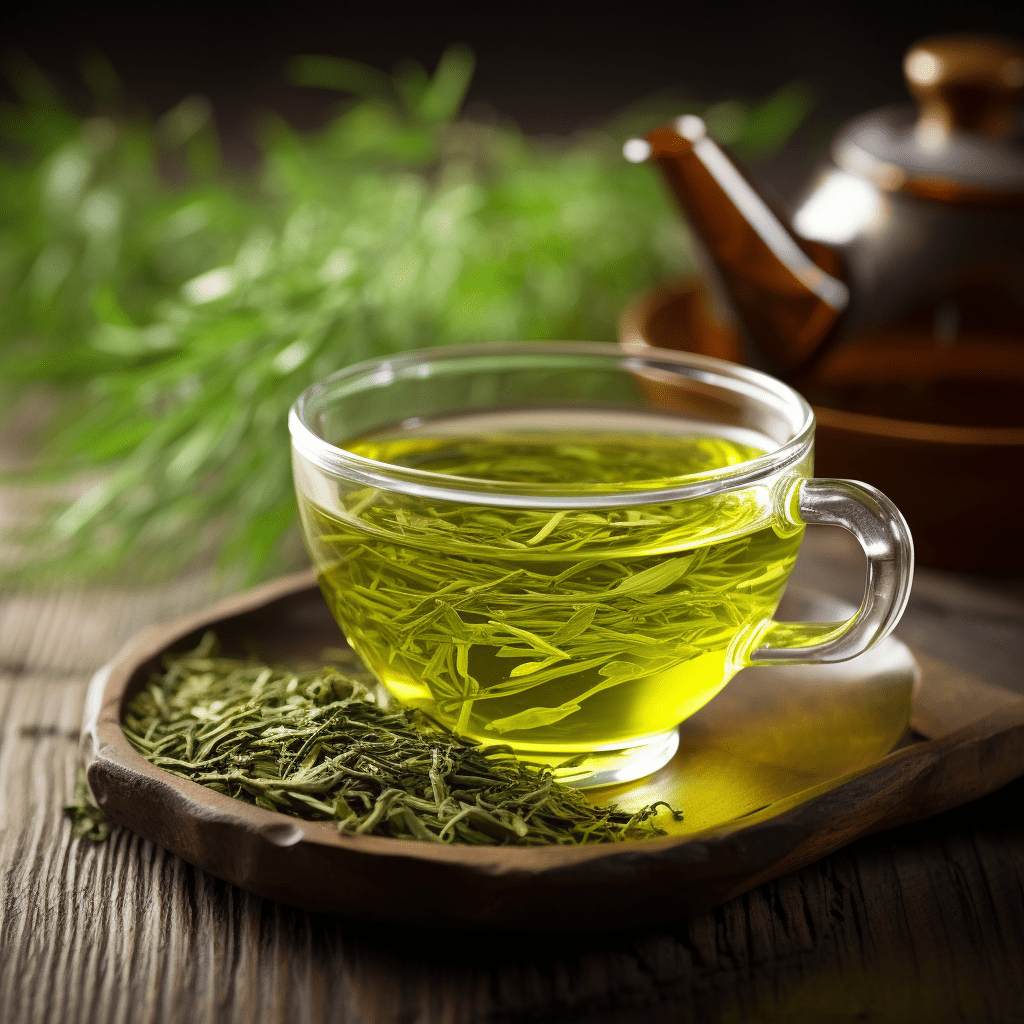
Tea and Culinary Delights: Pairing Tea with Indian Cuisine
1. Introduction
India, a land of vibrant culture and diverse landscapes, boasts a rich history and deep-rooted love affair with tea. As the world's second-largest tea producer, India offers a plethora of aromatic and flavorful teas, each distinct in its character and origin. Conversely, Indian cuisine, with its myriad regional variations and complex flavors, is a culinary tapestry woven from centuries of tradition and innovation.
Unveiling the art of pairing tea with Indian cuisine reveals a symphony of taste and aroma, where the delicate notes of tea complement and enhance the culinary experience. This intricate dance between tea and food invites us to explore the nuances of flavor, delving into the world of aromatic pairings that tantalize the palate and elevate everyday meals to an art form.
2. Understanding Indian Tea
India's tea landscape is as diverse as its geography, encompassing a wide range of tea types, each with its unique characteristics and appeal. Black tea, the most popular variety, is celebrated for its robust flavor and invigorating aroma. Green tea, known for its delicate taste and health benefits, offers a refreshing alternative. White tea, the least processed and most delicate, provides a subtle sweetness and floral notes. Oolong tea, bridging the gap between black and green, presents a unique combination of both. Finally, herbal infusions, crafted from aromatic flowers, leaves, and roots, offer a caffeine-free option with a plethora of health benefits.
The distinct character of each Indian tea is influenced by a multitude of factors, including the region of origin, the climate, and the processing methods employed. The Darjeeling hills, nestled in the Himalayas, produce renowned black teas characterized by their delicate muscatel flavor. Assam, known for its expansive tea gardens, yields bolder, malty black teas. The Nilgiris, located in the southern part of India, specialize in producing aromatic black teas with a hint of spice. Each region boasts its unique tea-growing conditions, contributing to the diverse flavor profiles and aromas that define Indian tea.
3. Culinary Delights of India
The culinary landscape of India is a vibrant tapestry woven from centuries of tradition and innovation. Regional variations abound, offering a kaleidoscope of flavors, spices, and cooking techniques. North Indian cuisine, known for its rich curries and tandoori dishes, tantalizes the taste buds with its bold flavors and aromatic spices. South Indian cuisine, celebrated for its use of lentils, rice, and coconut, offers a lighter and more refreshing culinary experience. East Indian cuisine, influenced by its proximity to the Bay of Bengal, features a variety of seafood dishes and aromatic curries. West Indian cuisine, drawing inspiration from its coastal location, showcases a unique blend of seafood, coconut, and spices.
Indian cuisine is a symphony of flavors, achieved through the artful use of spices, herbs, and cooking techniques. Spices like turmeric, cumin, coriander, and chili pepper add warmth, depth, and complexity to dishes. Fresh herbs like cilantro, mint, and curry leaves lend a touch of vibrancy and freshness. Cooking techniques like tandoor grilling, slow-cooking, and stir-frying contribute to the diverse textures and flavors that define Indian cuisine.
4. Pairing Principles
The art of tea pairing with food lies in understanding the delicate balance between the flavors, textures, and intensity of both elements. When pairing tea with Indian cuisine, consider the dominant flavors of the dish and select a tea that complements or contrasts these flavors. For instance, a delicate green tea can enhance the subtle flavors of a seafood dish, while a robust black tea can stand up to the bold spices of a curry.
Furthermore, consider the texture of the dish and choose a tea with a corresponding mouthfeel. A creamy chai latte pairs well with the richness of a butter chicken, while a lighter green tea complements the delicate texture of a dosa. Finally, remember that the occasion and desired effect play a role in tea pairing. A refreshing iced tea is perfect for a summer afternoon, while a warm cup of masala chai provides comfort on a cold winter evening.
5. Pairing Specific Teas with Indian Cuisine
Pairing specific Indian dishes with different types of tea can elevate the culinary experience to new heights. For instance, a Darjeeling tea, with its delicate muscatel flavor, complements the subtle notes of a tandoori chicken. Assam tea, known for its boldness, pairs well with the rich spices of a Rogan Josh. Masala chai, a spiced black tea infused with ginger, cardamom, and cloves, enhances the flavors of samosas and pakoras.
When pairing tea with Indian cuisine, consider the regional specialties and local tea traditions. In North India, a cup of masala chai is often enjoyed alongside street food like samosas and chaat. In South India, filter coffee is a popular choice, often paired with sweet snacks like idli and dosa. In the coastal regions, herbal infusions like lemongrass tea and ginger tea are enjoyed for their refreshing and cleansing properties.
6. Regional Tea Pairings
The diverse landscape of Indian cuisine extends to its regional tea-pairing traditions, where local ingredients and culinary styles influence tea choices. In North India, masala chai reigns supreme, its aromatic blend of spices complementing the richness of curries and street food. Assam tea, with its robust flavor, is a popular accompaniment to breakfast dishes like paratha and puri.
South India's love for filter coffee extends to tea, with strong, milky brews favored alongside snacks like idli and dosa. Nilgiri tea, with its subtle floral notes, provides a refreshing contrast to the spice-laden dishes of the region. In Kerala, a fragrant lemon tea is a cooling choice, enjoyed for its digestive properties.
Eastern India's tea traditions are influenced by its proximity to tea gardens, with Darjeeling black tea holding a special place. Its delicate muscatel flavor pairs well with the region's fish dishes and steamed momos. In West Bengal, a blend of Darjeeling and Assam tea is popular, known as Masala Chai, providing a balance of strength and flavor.
7. The Art of Masala Chai
Masala chai, the quintessential Indian tea, is more than just a beverage; it's an embodiment of India's rich cultural heritage. This aromatic blend of black tea, milk, and spices like ginger, cardamom, cloves, and cinnamon is a comforting and invigorating beverage enjoyed across the country.
The art of masala chai lies in the delicate balance of spices and brewing techniques. Freshly ground spices release their full aroma, creating a symphony of flavors that warm the soul. The addition of milk softens the bitterness of black tea, creating a harmonious blend. Masala chai is traditionally brewed in a small pot, simmered slowly over low heat, allowing the flavors to infuse and meld.
8. Tea and the Art of Conversation
In India, tea is more than just a beverage; it's a catalyst for connection, a facilitator of conversations, and a symbol of hospitality. A steaming cup of chai is often shared with family and friends, fostering a sense of community and warmth. The act of brewing tea, the gentle pouring, and the first sip all contribute to a shared experience.
Teashops, scattered across India's streets and alleys, serve as informal gathering places, where people from all walks of life come together to share a cup of chai and engage in lively discussions. Tea, in this setting, transcends its role as a beverage, becoming a thread that weaves together the fabric of Indian society.
9. Tea and Health
Tea, beyond its culinary significance, holds a place in India's traditional medicine systems like Ayurveda. Black tea is believed to aid digestion, while green tea is valued for its antioxidant properties. Ginger, a common ingredient in masala chai, is used for its anti-inflammatory properties. Cardamom is known to aid digestion and relieve bloating.
10. The Future of Indian Tea Culture
India's tea culture, with its rich history and diverse traditions, continues to evolve. Innovative tea blends, incorporating local ingredients and flavors, are emerging. The popularity of specialty tea cafes is on the rise, offering a curated tea experience. As the world embraces the health benefits of tea, India's tea culture is poised to play a significant role in the global tea industry.
FAQ
What is the best time to drink tea in India?
Tea is enjoyed throughout the day in India, but mornings and evenings are the most popular times. A cup of masala chai is often enjoyed as a morning pick-me-up or an evening ritual.
What are some popular tea brands in India?
Some popular tea brands in India include Tata Tea, Brooke Bond, and Lipton. Regional brands, like Darjeeling Tea and Assam Tea, are also highly regarded.
How is tea typically served in India?
Tea is typically served hot, with or without milk and sugar. Masala chai is often served with a generous amount of milk and sugar. In some parts of India, tea is served with a dash of salt.
What are the health benefits of Indian tea?
Indian teas, particularly black and green tea, are known for their antioxidant properties, which may help protect against chronic diseases. Some teas, like masala chai, are believed to aid digestion and relieve inflammation.


